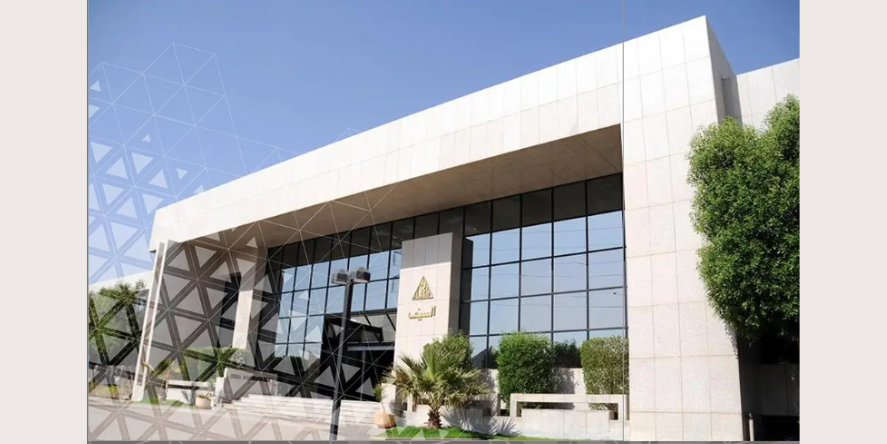Print design is a powerful medium that can create lasting impressions and convey complex messages through visual elements. Crafting impactful visuals in print requires a keen understanding of design principles, an eye for detail, and a strategic approach to layout and typography. Here are the essential aspects of print design to ensure your visuals leave a significant impact.
Understanding the Basics
1. Purpose and Audience: Before diving into design, it’s crucial to understand the purpose of your print material and who the target audience is. Whether it’s a brochure, poster, flyer, or business card, the design should align with the message and cater to the interests and preferences of the intended audience.
2. Layout and Composition: Effective layout and composition are the backbones of impactful print design. A well-structured layout guides the eye in a logical and aesthetically pleasing way. Using grids can help maintain consistency and alignment, making the design more professional and coherent.
Key Design Elements
1. Color: Color is a fundamental aspect of print design that influences mood, perception, and brand recognition. Choose a scheme that complements the brand and enhances the message. Understand color theory to create harmonious combinations and use contrast to highlight important elements.
2. Typography: Typography is not just about selecting fonts; it’s about creating a visual hierarchy and readability. Use a combination of fonts to create contrast and interest. Ensure the fonts are legible and appropriate for the tone and purpose of the material.
3. Imagery: High-quality images can significantly enhance the appeal of print designs. Use relevant, high-resolution images that support the message and attract attention. Be mindful of image placement and ensure they complement the text rather than overpower it.
4. White Space: White space, or negative space, is the empty area around design elements. It helps to avoid clutter and allows the design to breathe. Proper use of white space improves readability and focuses attention on key elements.
Advanced Techniques
1. Balance and Alignment: Balance refers to the distribution of visual weight in a design. It can be symmetrical or asymmetrical. Alignment ensures that elements are visually connected, creating a clean and organized look. Both balance and alignment are crucial for creating a cohesive design.
2. Contrast and Emphasis: Contrast is used to create a focal point and make certain elements stand out. This can be achieved through variations in color, size, and typography. Emphasis guides the viewer’s attention to the most important parts of the design, ensuring the key message is communicated effectively.
3. Consistency: Consistency in design elements such as color schemes, fonts, and imagery creates a unified and professional look. It helps in building brand identity and ensures that the print materials are recognizable and reliable.
Practical Considerations
1. Print Specifications: Understanding the technical aspects of printing, such as resolution, bleed, trim, and color modes (CMYK for print), is essential. Work with a specialist like Soyang Europe to ensure your design meets the right specifications to avoid issues during the production process.
2. Proofing: Proofing is critical to catch errors and make necessary adjustments before final printing. Check for typos, color accuracy, image quality, and overall layout. A printed proof can reveal issues that may not be apparent on a screen.
Conclusion
Creating impactful print visuals involves a blend of artistic skills, technical knowledge, and strategic thinking. By mastering the essentials of layout, color, typography, and imagery, and paying attention to details like balance, contrast, and consistency, you can produce print materials that effectively communicate your message and captivate your audience. Remember, the key to successful print design lies in thoughtful planning, meticulous execution, and a clear understanding of your audience and purpose.
Blog Received on Mail











